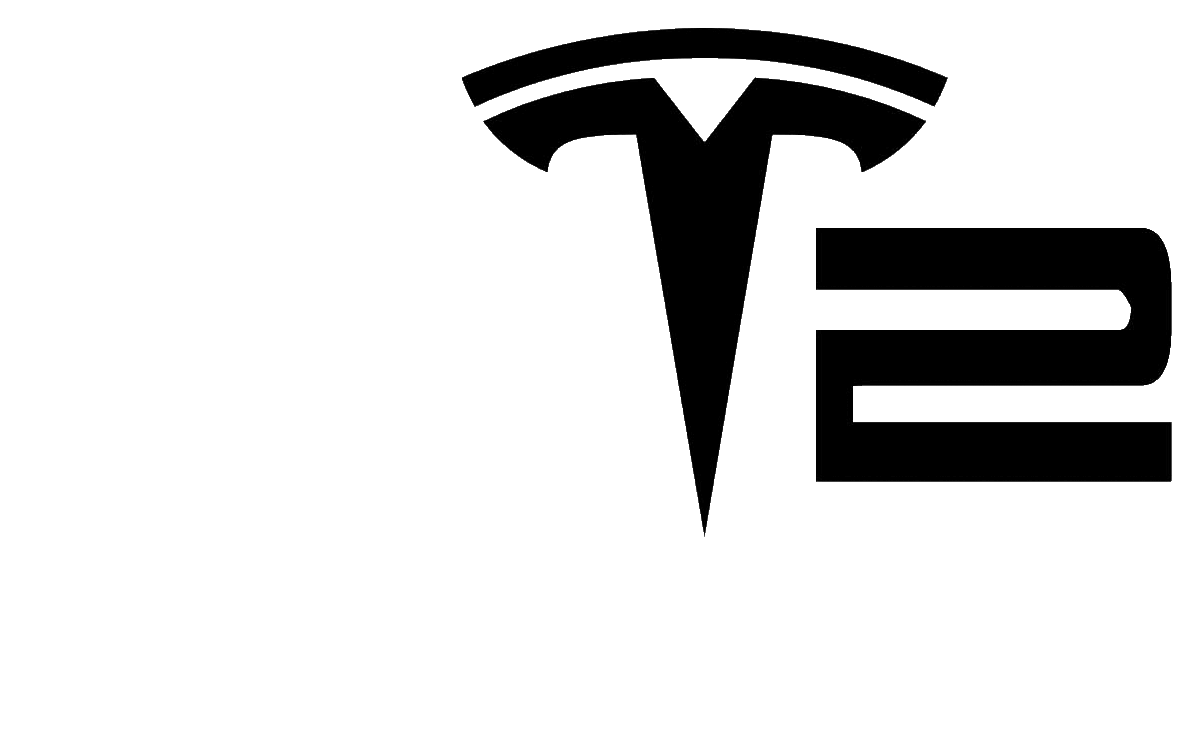MEDICALJMP
Well-known member
- First Name
- Jeff
- Joined
- Apr 28, 2020
- Threads
- 164
- Messages
- 851
- Reaction score
- 412
- Location
- Omaha, NE
- Vehicles
- Toyota Avalon, Rav4, Tri-motor Cybertruck
- Occupation
- Nurse
- Thread starter
- #1
Lars Strandridder does a good job of showing how disruptive technology grows in the S-curve shape instead of linear progression. If you were not convinced that ICE has stage IV cancer before this may convince you.
By the title of his channel you can tell he is a Tesla fanboy, though he does a decent job of keeping his gushing in check (usually). ?
By the title of his channel you can tell he is a Tesla fanboy, though he does a decent job of keeping his gushing in check (usually). ?
